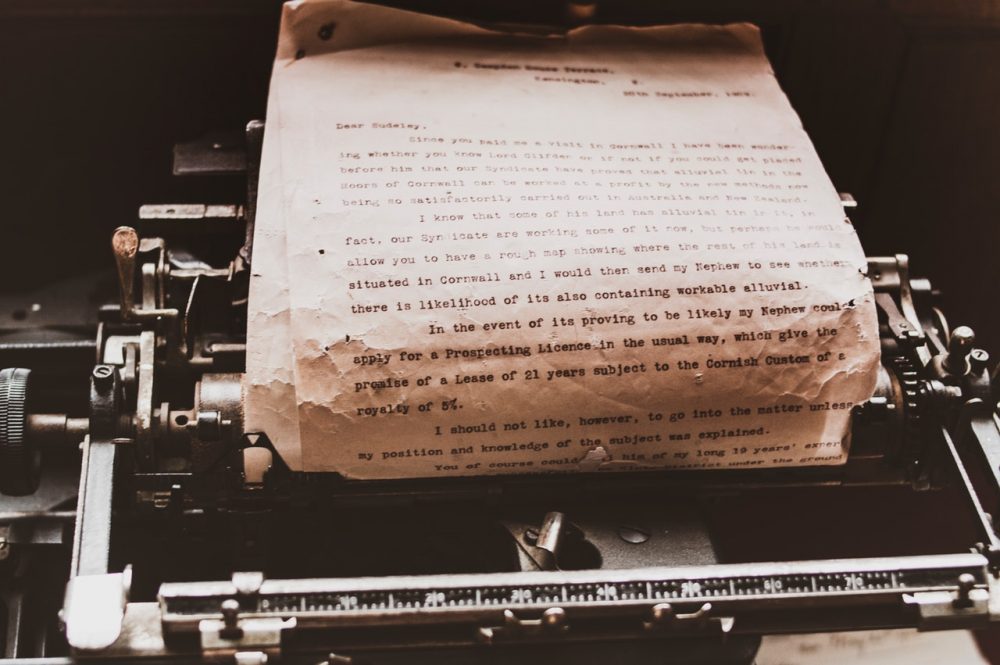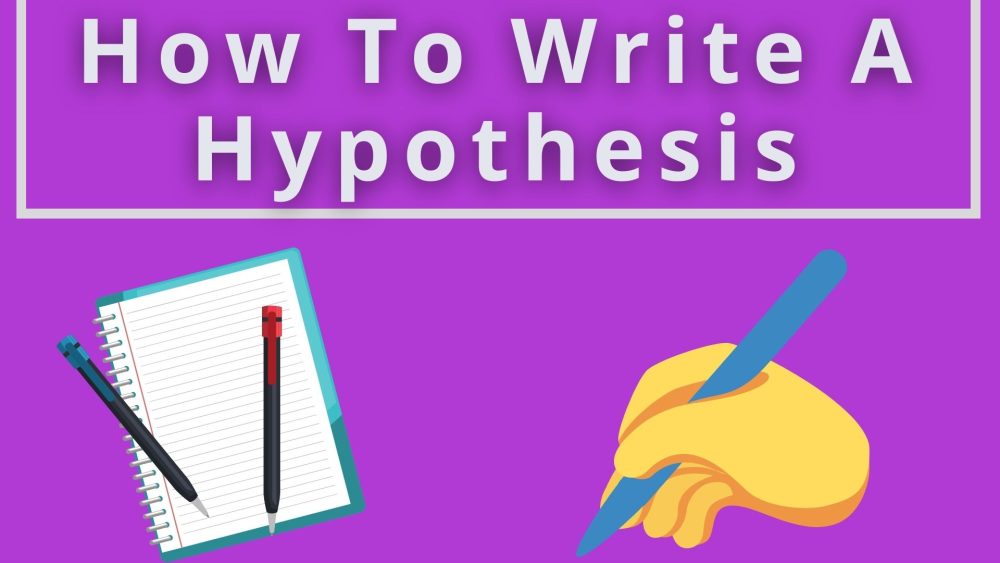After writing any scholarly paper, writing a befitting research paper conclusion would be the best thing to do. However, do you know how to write a conclusion for a research paper? No? Here is your chance to get new information to help you with this. Take a look at this review for intel on what you should do and what you should avoid.
The Research Paper Conclusion Explained
A conclusory paragraph is the last bit of the research paper that summarizes the entire document in one or two paragraphs. You aim to repeat your main ideas in this section. Give affirmations and resound your statement. Take a look at your paper hook. When looking to learn how to write a research paper conclusion, a few things need to be considered. The structure, what to include, and what to ignore is part of what is essential in writing a research paper conclusion.
Before a student can learn how to write a conclusion, they need to have a clear view of what is required of them. The simplest way to attain this is to peruse through a research paper conclusion example, preferably one that has been done by a postgraduate student or a professional writer. These learners know how to go about this, considering that they have years of experience, thanks to the many research papers that they have worked.
The Structure of a Conclusion
As is the case with all other research paper components, the conclusion has a specific style that you need to adhere to for it to remain effective. These are elaborated below.
- Restate your stand
- Summary
- Convey the significance of your ideas
- Give recommendations
Even though the reader may have gone through the entire paper, restating the main idea wouldn’t hurt anyone. It helps hammer down the main point and helps them choose what to do with the information they read. The thesis statement will help you in this section, and in case yours is longer than most others, you need not write the entire statement. Just highlight the part that talks of your stand in regards to the topic you chose.
This means that you squeeze your 10-pages text in a few lines or a paragraph at most. Give an overview of what the paper tackles in a nutshell. Remember, this is not the time to introduce any new complex ideas.
When writing a conclusion paragraph, explain to your audience why they should give thought to your views. Are you addressing a societal vice or virtue that requires to be crushed or upheld? Is your point going to make any difference if people act upon it? Explain all these in this section.
This is the only new introduction to the paper that occurs. The writer prompts the reader to act on the given ideologies. What should we do once we take a look at the conclusion? This is the question that the scholar should ask themselves as they figure out the content to fill this section of the paper.
How to write a good conclusion should be seamless, once you follow these four steps.
What not to Include
Now that you know what to add to your paper get some insight on what you should keep out of your conclusion for a research paper.
- Remove any long sentences
- A statement that undermines your work
- Do not introduce new information
The conclusion for a research paper should be short. As such, this is not the place to write all those long sentences. Convey your points in a few words so you can make an impact. Maximize one or two lines to reiterate your point.
Yes, we understand that there might be other researchers who have done stellar jobs as opposed to your regular scholarly piece. However, this should not be the reason for degrading your findings. Remember, no one knows how to write a research paper than the other. Keep away statement like, “other researchers may have a done a better job in this subject…” It undermines your authority as a researcher, and while your paper may be perfect, some people may lose that respect they had accorded your work due to such statements.
The simplicity in keeping your research paper as it is after getting to this point cannot be stressed enough. The last thing that you want to do is to confuse your readers, so when writing a conclusion, avoid introducing new facts or figures that will not help you get the point home.
Final Words
A research paper conclusion should echo your overall stand in regards to the problem at hand. Ensure that you warn your reader of the consequences that they may have to face if they do not take steps to solve the issues at hand. Look at other examples on how to write a conclusion for a research paper to gain know-how on how to best go about this process. Most importantly, the conclusion of a research paper should be concise.







